DUAL FOCUS Science



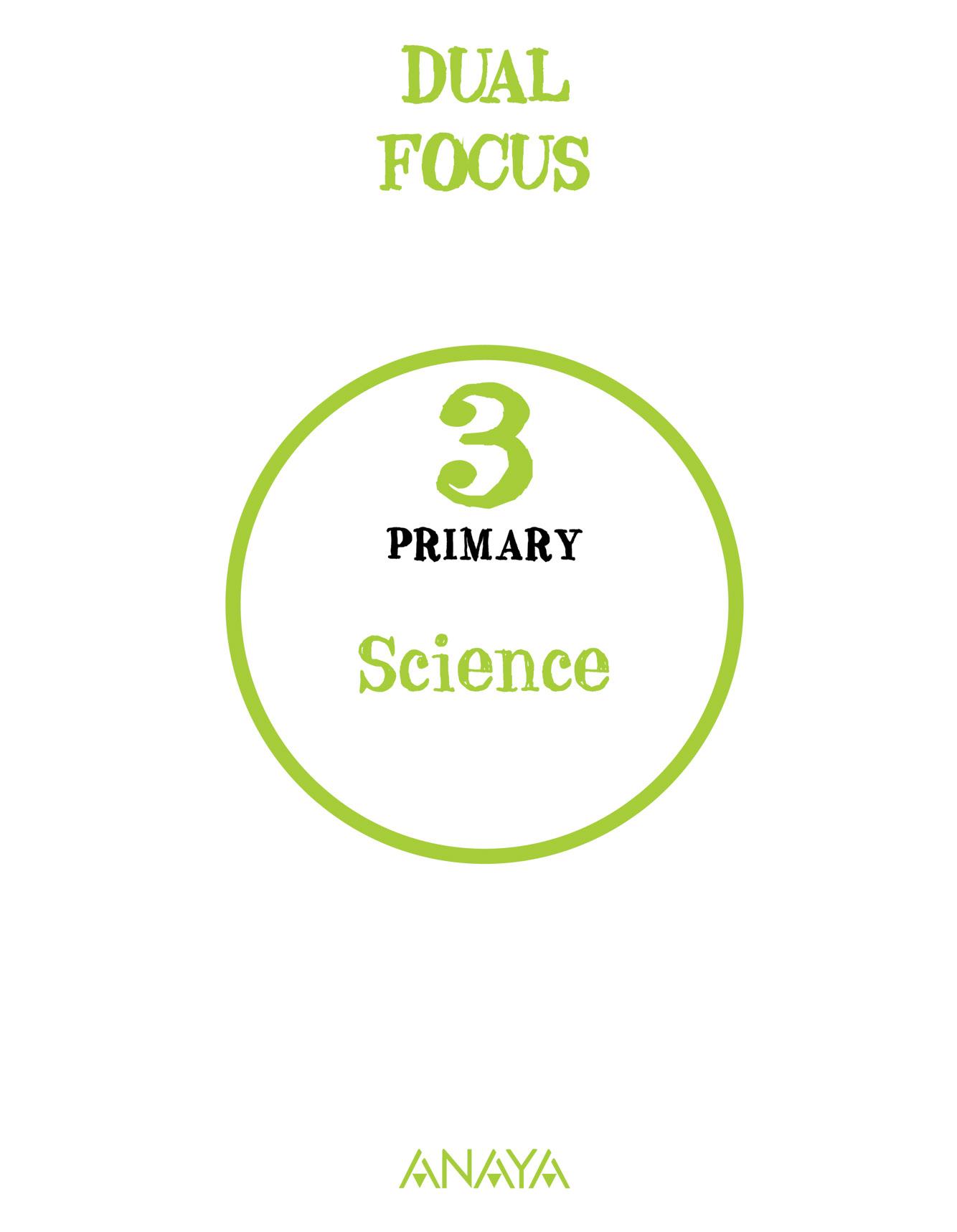
1 2 3 4 5
Living beings. . . . . .
• Vocabulary
• Living beings
• What are plants like?
• How plants perform the vital functions
• Time for action. Make a field guide of the plants in your local area
We are all animals! ....................
• Vocabulary
• What are animals?
• A very special animal
7
13
• Time for action. Create your own superhero animal
Let’s protect nature! ..................
• Vocabulary
• Where do living beings live?
• The non-living components of ecosystems
• What are the ecosystems in Andalucía like?
• Humans are part of ecosystems
19
• Time for action. Create a plant to protect the planet
Let’s investigate! .....................
• Vocabulary
• What are things made of?
• What machines help us?
• Time for action. How does a bicycle work?
• Time for action. Creating a project in Scratch
25
6 7 8 9
Landscape guards .....................
• Vocabulary
• Landscape
• Inland landscapes of Spain
• The coastal relief of mainland Spain and the archipelagos
• Time for action: Looking after the environment
Can we redesign a city? ...............
• Vocabulary
• Places where we live
• Districts and streets
• Organisation
• Administrative geography of Spain
• Time for action. Languages and traditions
Do we want to change our life? ........
• Vocabulary
• Population. Basic aspects
• Population distribution
• Population changes
• Population of Spain
• Time for action. Memory game
Looking at history .....................
• Vocabulary
• History and the passage of time
• Ages of history
• Museums and monuments
37
43
49
How can we find places? .............. 31
• Vocabulary
• We represent our planet
• Maps. How can I find my way?
• Time for action. Look after your health
• Time for action. Timeline
55
The page that shows the key vocabulary you will encounter in the unit.
The activities on these pages work on the basic unit content, as well as the different language skills.

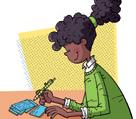
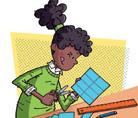





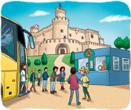
1 What are animals?
have an internal skeleton. In vertebrates, the skeleton is normally made of bones. The vertebral column holds up the body. All vertebrates’ bodies are divided into the head, trunk and limbs.
They are aquatic. They lay eggs.
Some groups of invertebrates
Sponges
These are aquatic animals.
Their bodies are covered in pores.
This section contains activities for practising and applying the key vocabulary in the unit.

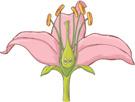




Each unit ends with a task or challenge to help you develop your skills by applying your knowledge in a different context.
Some groups of vertebrates
Jellyfish and polyps
These have poisonous tentacles around their mouths.
They have bodies with protective hard plates. Echinoderms Molluscs
They have soft, muscly bodies. Many of them have shells.
Arthropods
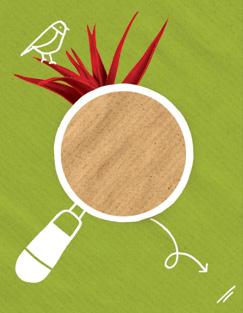
They have bodies covered in an articulated exoskeleton. They have a head and legs, and some have wings.
1 Speaking. In pairs, take it in turns to ask questions about different invertebrate animals you know. For example:


Which group of invertebrates does a butterfly belong to? What is its body like? What parts has it got?
Land animals. They lay eggs
Fins Gills Scales
Thin, moist skin.
These are both land and aquatic animals. They lay eggs. These are almost all land animals. They lay eggs. Mammals Birds
These are almost all land animals.
Almost all have babies
Scales Beak
Fish Amphibians Reptiles Hair or fur
Feathers Wings Babies drink mother’s milk
C E
B F
The suggested activities have been specially designed to gradually and continuously develop the four language skills. The main skill worked on in each activity is highlighted:
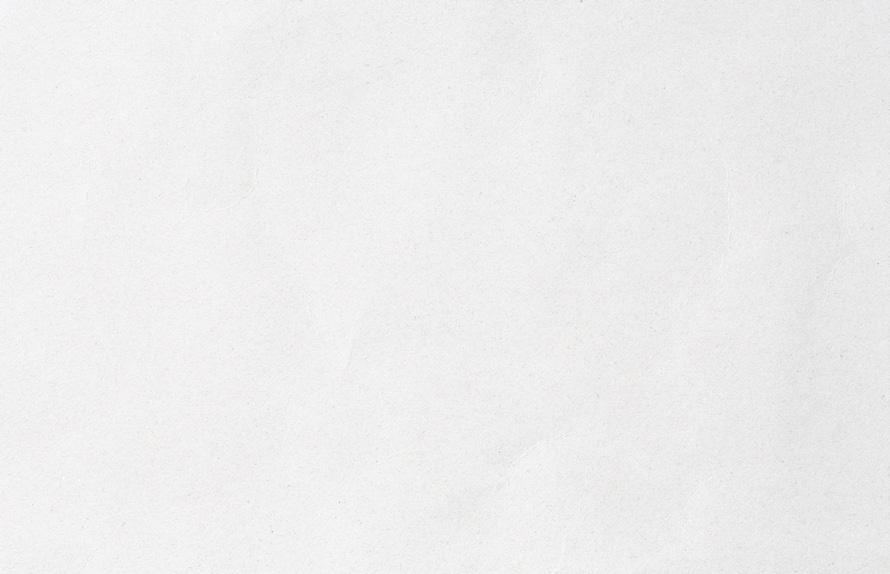




In this section of the book, the key information is presented in graphic form, using diagrams and illustrations to help you learn each concept.



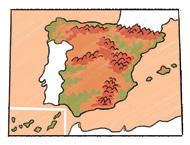
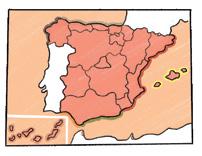
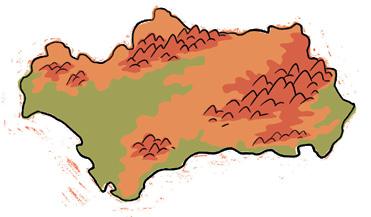
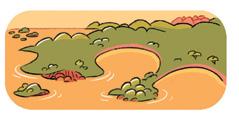
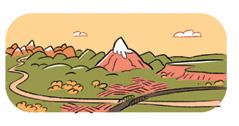







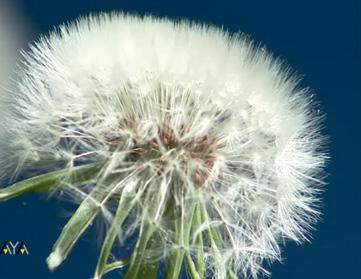
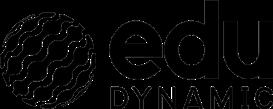
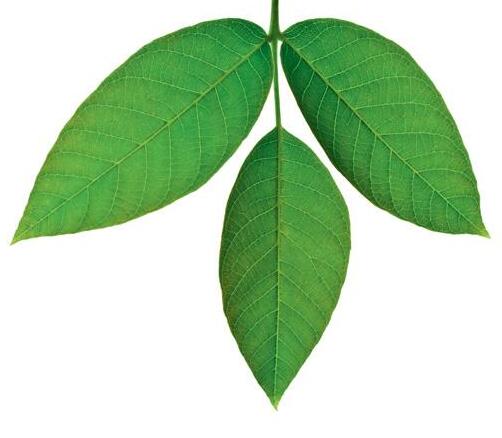
This is where you will find resources, techniques and activities to help you consolidate your knowledge. Go to www.anayaeducacion.es, and follow the steps at the beginning of your Spanish book.
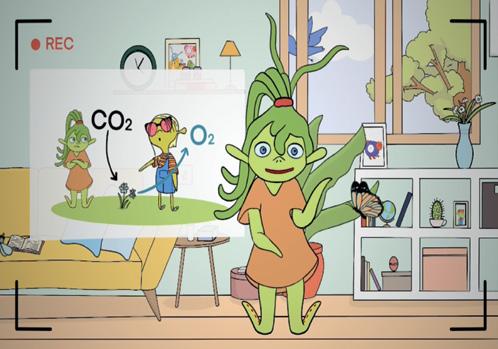

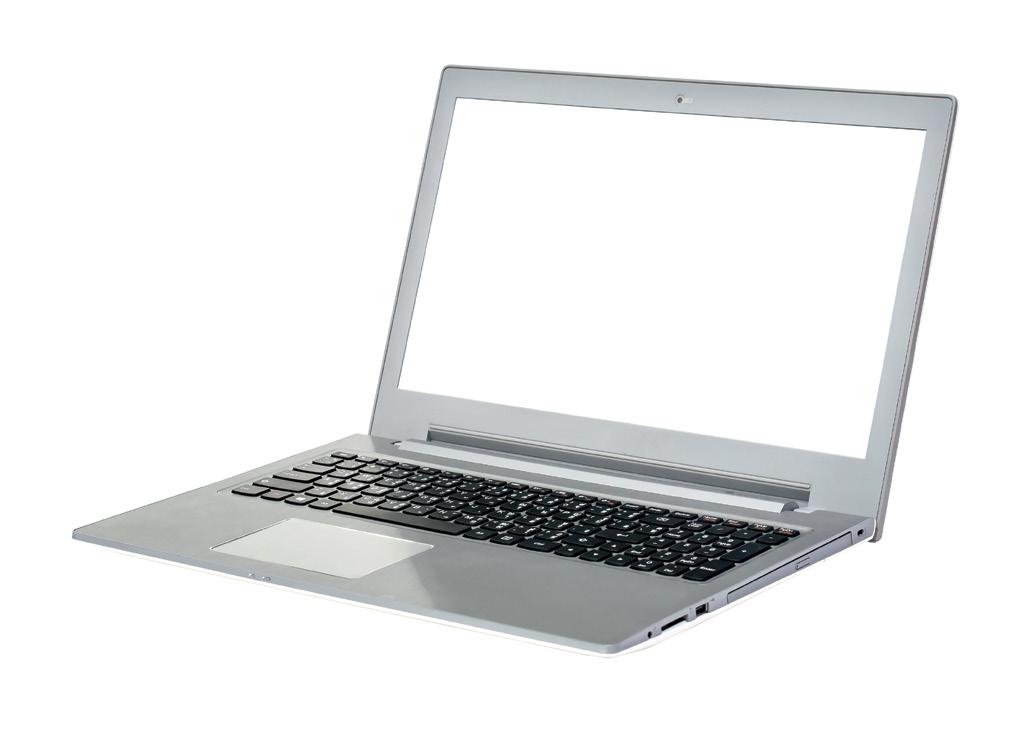
Your book contains references to the online resources you can use to learn more about each topic and to develop your English language skills.

Vocabulary
Vital functions
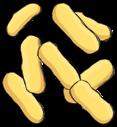
Nutrition
Interaction
Classifying living beings
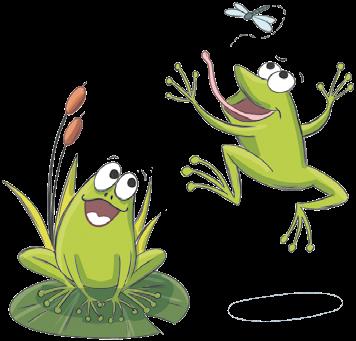
Animals
Parts of a plant

Plants
Nutrition
Absorption
Water
Leaves
Stem
Reproduction Detect React
Roots
Reproduction
Flowers
Pistil
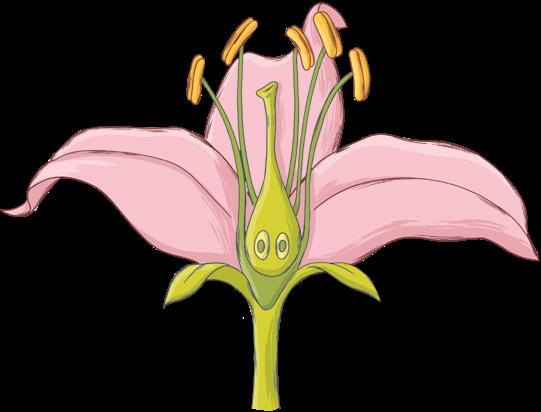
Stamens
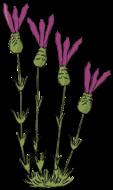
Corolla
Calyx
Fruit
Seed
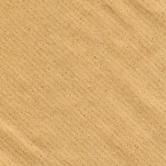
Carbon dioxide
Oxygen
Photosynthesis
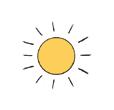
Respiration
Other living beings
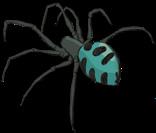
Interaction
Classifying plants
Plants WITHOUT flowers or seeds
Plants WITH flowers and seeds
Get ready
What is our relationship with plants?
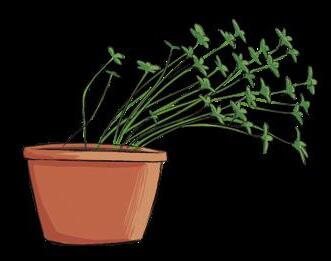
What plants do we eat?
Why do we need to look after the plants in our environment?
Living beings are different from non-living things, they perform the vital functions.
The vital functions
• Nutrition. Living beings take substances from the environment, use them and eliminate waste substances.
• Interaction. Living beings detect changes in their environment and react to them.
• Reproduction. Living beings make other living beings that are similar to them.
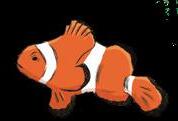
We need to classify the millions of living beings on Earth into large groups so we can study them.
Classifying living beings means grouping similar ones together.
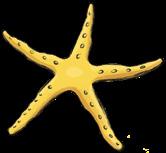
The two main groups of living beings are plants and animals . But, there are other groups too.
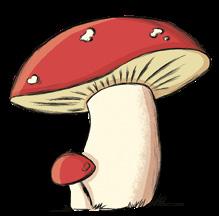


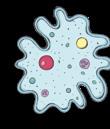
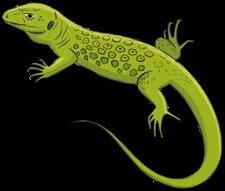
1 Which of these are living beings? Explain how you know.
Sparrow, rock, ant, pencil case.

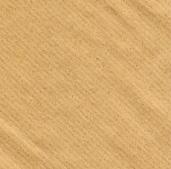
2 Speaking. In pairs, discuss these questions: What do you classify at home? Why do you do it? Why do we classify living beings?
3 Look at these pictures of living beings and classify them into the following groups: Animals Plants Other living beings
My senses tell me the grasshopper is close to me. I react by sticking my tongue out.
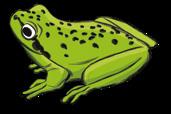

I’m an animal and animals eat other living beings.
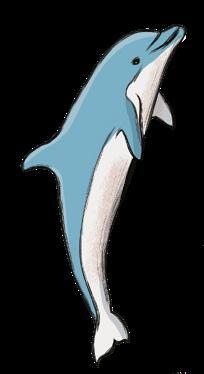
They are usually green and they are usually fixed to the ground. They make their own food and their body usually has roots , a stem and leaves Some have flowers.
Parts of a plant
Leaves
These perform photosynthesis They have lots of different shapes.
Stem
It supports the leaves and keeps the plant upright.
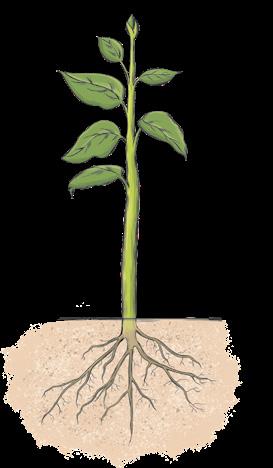
Roots
They fix the plant in the ground and absorb water and mineral salts.
We can classify plants into two groups by how they reproduce:
Plants WITH flowers and seeds
They produce seeds that are not inside a fruit
They produce seeds inside a fruit
Flowers
Some plants use flowers to reproduce.
Corolla. Made of petals.
Stamens. Where pollen forms.
Pine tree, fir tree, cypress tree, etc.
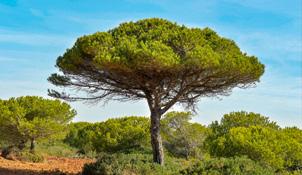
Dandelion, broom, oak tree, etc.

Pistil
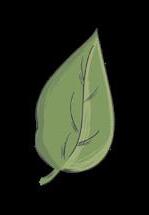

Calyx. Made of sepals.
1 Speaking. In pairs, take it in turns to ask each other about different plants. Classify them.
Plants WITHOUT flowers or seeds

Mosses and ferns

Plants make their own food through a process called photosynthesis. During this process they take in carbon dioxide from the air and expel oxygen.

Plants also respire (breathe). They take oxygen from the air and expel carbon dioxide.
The roots absorb water and minerals from the ground.
The leaves absorb carbon dioxide
The leaves use solar energy to combine the substances and make food for the plant. This process is called photosynthesis. When plants perform photosynthesis, they produce oxygen and release it into the air.
Plants respire. They take oxygen from the air and expel carbon dioxide.
1 Writing. Look at the picture on this page. Explain the difference between photosynthesis and respiration.
2 Match the terms:
a) Respiration
b) Photosynthesis
c) Absorption
1. They take in water and mineral salts through the roots.

2. They take in oxygen and release carbon dioxide.
3. They take in carbon dioxide and release oxygen.
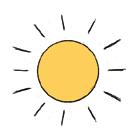
Plants can’t move about and they don’t have sense organs, but they do interact with their environment: they detect what is happening and react to changes.


Most plants reproduce through flowers. They produce fruits and seeds

You’re trapped!
Carnivorous plants detect when insects land on them. They close their leaves and trap them. And they do it really quickly!
From flower to fruit to seed
The pollen reaches the pistil of a flower.
The pistil changes shape.
The pistil changes into a fruit. Seeds form inside. Seeds fall to the ground. Each seed can form a new plant.

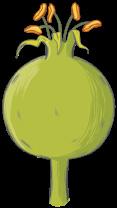



3 Listening. Listen to ‘Examples of plant interaction’ in the anayaeducacion.es resource bank and explain how the plants on the right react.
4 Complete these sentences:
a) When the pollen reaches the … , this changes into a …
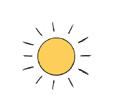
b) … form inside the fruit.
c) They form new ...
1
In pairs, choose four plants that grow in your local area. Create a factsheet for each plant. Follow these steps:
• Draw the plant.
• Describe the plant and its parts.
• What type of plant it is: without flowers or seeds, with flowers and seeds…
• Add a box on your factsheet with this title: What does it provide? Write what we get from the plant.
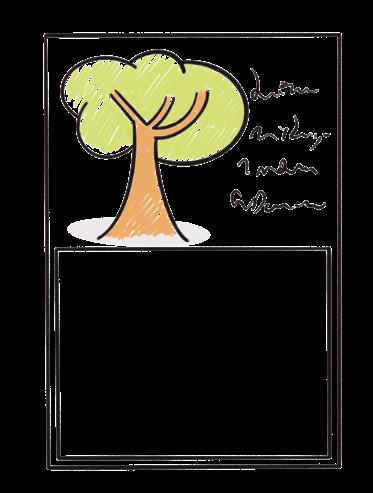
2
Choose six common foods that come from plants. You can include spices. Complete your factsheets with:
• The part of the plant we use.
• Don’t forget to include the box: What does it provide?
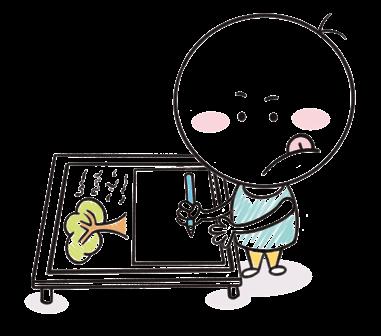
3
Choose six objects in your home or at school that are made from plants. Do some research and add this information:
• What plant does each object come from?
• What does it provide?
4
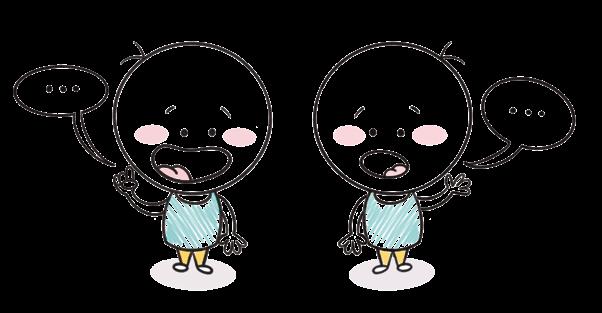
Discuss these questions with your classmates:
• What everyday things do plants provide?
• Do you think we need plants?
• Could we live without plants?

• How can we protect them?

Vocabulary
Animals: vital functions
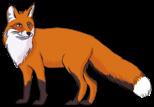
Nutrition
Interaction
Reproduction

Invertebrates
Sponges
Jellyfish and polyps

Worms
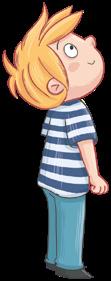
Molluscs
Arthropods
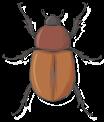
Echinoderms
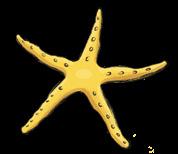
Vertebrates
Fish

Amphibians

Reptiles
Birds
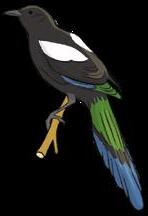
Mammals
Our nutrition function
Digestive system
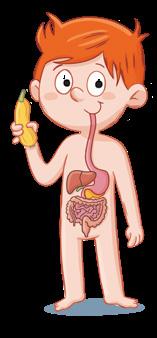
Respiratory system
Circulatory system
Excretory system
Our interaction function
Senses
Nervous system
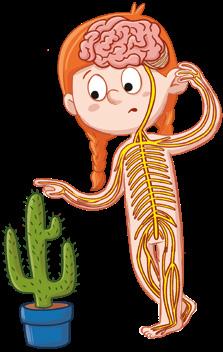
Locomotor system
Humans
Vertebrates
Mammals
Primates
Our reproduction function
Reproductive system
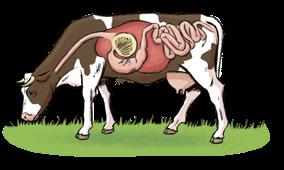
Pregnancy
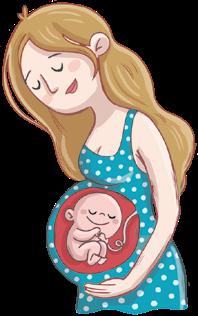
Get ready
What is an animal?
How is it different from a plant?

Are all animals the same?
What can animals do that you can’t do?
Animals are living beings that:
• Eat other living beings.
• Have special body parts for the vital functions.


• Can be classified into two large groups: invertebrates (no internal skeleton) and vertebrates (internal skeleton).
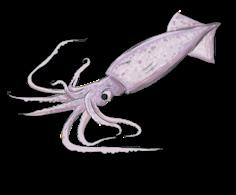


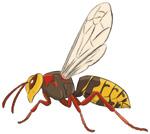

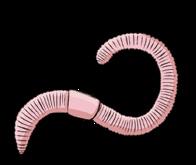

They do not have an internal skeleton. They use muscles to keep their shape. Some also have shells. There are many, many invertebrates, and lots of different varieties.

These are aquatic animals. Their bodies are covered in pores.
Molluscs
They have soft, muscly bodies. Many of them have shells.
They have bodies covered in an articulated exoskeleton. They have a head and legs, and some have wings.
Jellyfish and polyps
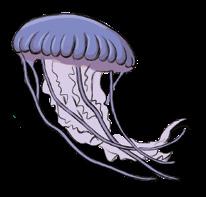
These have poisonous tentacles around their mouths.
They have long, thin bodies.
They have bodies with protective hard plates.
Echinoderms
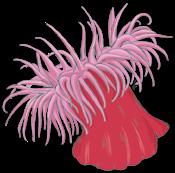
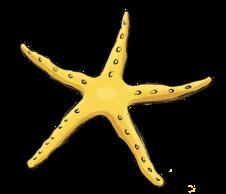

1 Speaking. In pairs, take it in turns to ask questions about different invertebrate animals you know. For example: Which group of invertebrates does a butterfly belong to? What is its body like? What parts has it got?
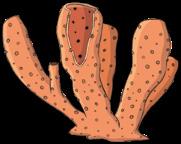
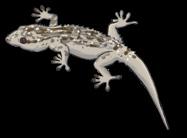



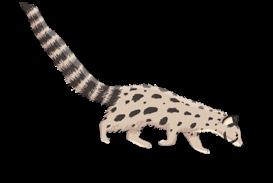
They have an internal skeleton. In vertebrates, the skeleton is normally made of bones. The vertebral column holds up the body.

All vertebrates’ bodies are divided into the head, trunk and limbs.

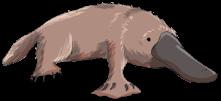
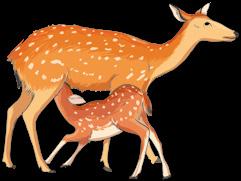
Fish


They are aquatic. They lay eggs.
Birds
Land animals. They lay eggs
Amphibians

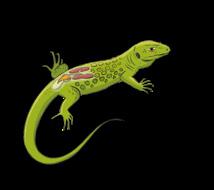
These are both land and aquatic animals. They lay eggs.

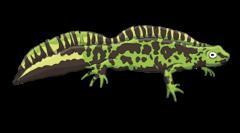
Reptiles
These are almost all land animals. They lay eggs.
These are almost all land animals. Almost all have babies
2 Look at these animals on the right. Which group does each one belong to?
3 Choose two of the animals on the right and draw them in your notebook. Label your drawings with their characteristics.
4 In your notebook, copy and complete the following sentences:
a) … and … have scales.
b) Snakes are … .

c) … have babies.
d) Fins are the limbs of … .
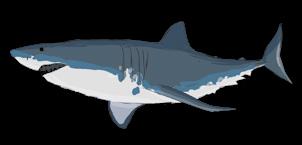

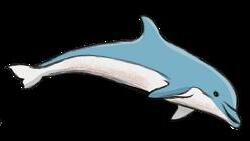
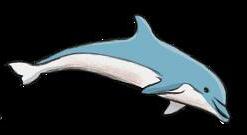
5 Writing. Find some information about a vertebrate you like. Write a factsheet with its main characteristics: its group, it’s habitat, its reproduction, its food, etc.


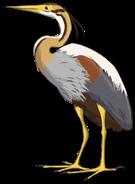
Humans are animals classified as vertebrates and mammals. We belong to a group of mammals called primates.
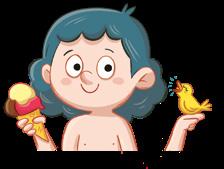

Human beings perform the three vital functions: nutrition, interaction and reproduction. We have different systems for these functions.
The systems of the nutrition function
The digestive system

The respiratory system
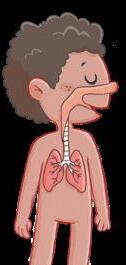
The circulatory system


The excretory system
Mouth
Oesophagus
Stomach
Intestines
Nasal passages
Larynx
Trachea
Lungs
Systems of the interaction function
Heart
Kidneys
Network of blood vessels.
How we reproduce
Senses
Taste, smell, sight, touch, hearing
Nervous system

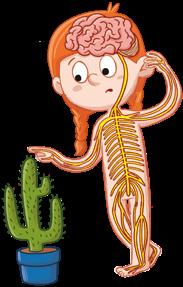
Brain
Locomotor system
Nerves
Human babies develop in the mother’s reproductive system.

We need to look after our bodies to make sure they work well. Here are some tips:
• Eat properly: eat a variety of foods, drink plenty of water and breathe clean air.
• Keep your body clean.
• Do exercise.
• Rest properly: sleep 8 to 10 hours each night.
• Be happy: enjoy learning new things, find healthy hobbies and establish healthy relationships with other people.
1 Listening. Listen to ‘Our nutrition function’ on anayaeducacion.es and complete these sentences in your notebook:
a) Human beings are … because we eat plants and …
b) We breathe air with our …
2 Write the senses for these sense organs:
a) Tongue b) Nose c) Eyes d) Skin e) Ears
3 Which system performs the reproduction function? Which group of vertebrates are we like in our form of reproduction?
4 Look at the picture on the right. How is it related to our health?
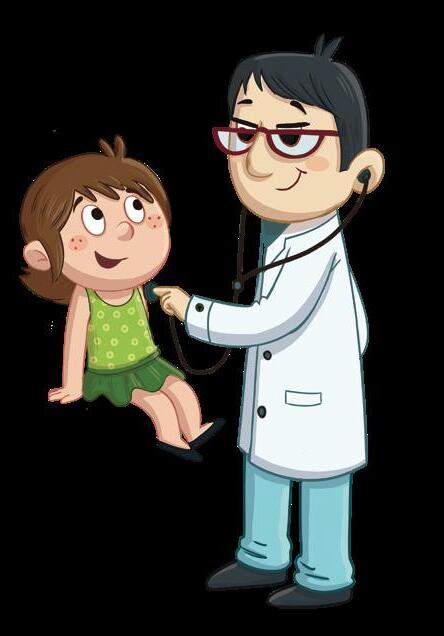
5 Speaking. Match each tip to these groups:
a) Eat properly.
b) Keep your body clean.
c) Do exercise.
d) Rest.
e) Be happy.
Enjoy learning new things.
Play games where you have to run, jump, etc.
Shower every day, and wash your hands before and after eating.
Breathe clean air.
Eat different types of food.
Sleep 8 to 10 hours each night.
1
Animals have special abilities to help them live in their environment. In this unit you learnt about some: they can breathe underwater, they can fly, etc. But many have really exceptional superpowers!

• Chameleons can change colour.
• Beetles can lift more than 100 times their own weight.
• Snakes make very toxic poisons, etc.
2
Do some research. Find out how some animals adapt to the environment to trap their prey, fight their enemies, etc.
• Which adaptations do you think are amazing?
• Which would you like to have?
3
What superpowers do you want your superhero to have? Choose at least two superpowers from two different animals.
4

Now you can design your superhero animal! Choose any animal. Your superhero can have a lion’s claws, a scorpion’s sting, a bird’s wings...
• Draw your superhero.
• Give it a fun name.
• Write its superpowers.
5
Share your drawings as a class. Which superhero is strongest? Which is most dangerous? Which do you think has the most interesting powers?
Octopuses can change colour to match the environment around them and hide. One species of octopus can even mimic 15 different species!
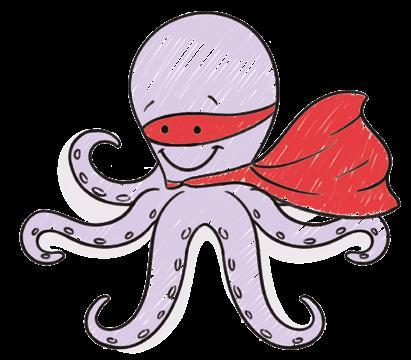
Name: ......................................................
My superhero can: ................. ............................................................. ............................................................. .............................................................

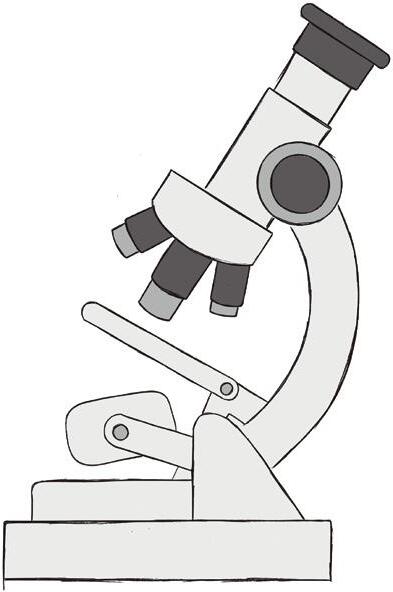
They can be classified into:
Parts of a plant
Leaves
They perform photosynthesis. There are lots of different shapes.
They perform the three vital functions: nutrition, interaction and reproduction.
I’m an animal. Animals eat other living beings.
My senses tell me the grasshopper is close to me. I react by sticking my tongue out.
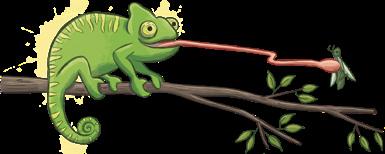
They are green and fixed in the ground.
They make their own food.
Their body has roots, a stem and leaves.
This is the reproductive system of many plants.
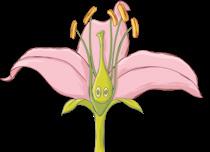
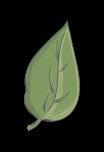
Classifying plants
It supports the leaves and keeps the plant upright.

Roots
They fix the plant in the ground and absorb water and mineral salts.
Plants WITH flowers AND seeds
Simple flowers. The seeds aren’t inside a fruit.
Complex flowers. The seeds are inside a fruit.
Plants WITHOUT flowers OR seeds



Ferns

Mosses
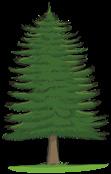
The seeds fall to the ground. Each seed can turn into a new plant.

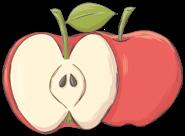

The roots absorb water and minerals from the ground. These substances travel up the stem to the leaves.
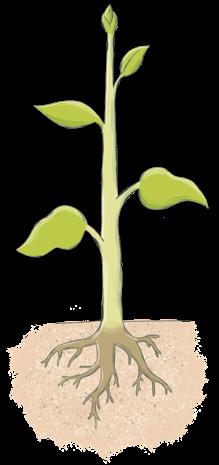
The leaves absorb carbon dioxide
The leaves use sunlight to combine substances and make food. This is photosynthesis

When plants perform photosynthesis, they produce oxygen and release it into the air.



Plants respire (or breathe). They take oxygen from the air and expel carbon dioxide.

You’re trapped!


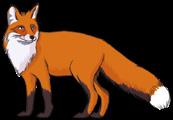
They perform the vital functions
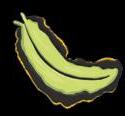
They can be classified into

Invertebrates


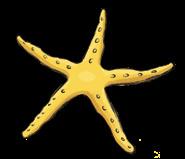




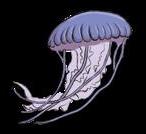
(WITHOUT a vertebral column)


Some groups of invertebrates
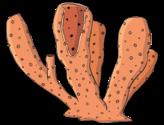
Vertebrates
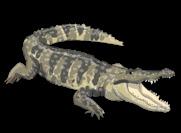
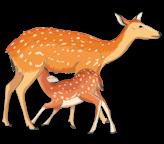

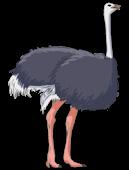
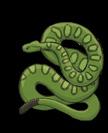

(WITH a vertebral column)


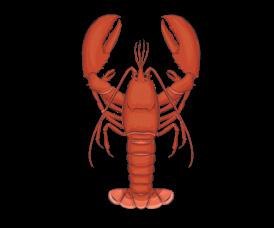
Some groups of vertebrates
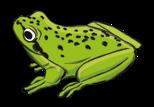
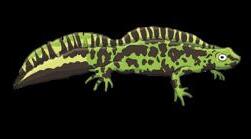






Vertebrates
are

Mammals
Our nutrition function
The digestive system

The respiratory system

Primates
The circulatory system
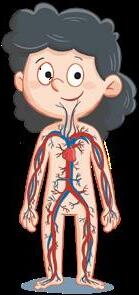
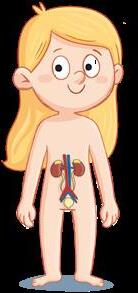
The excretory system
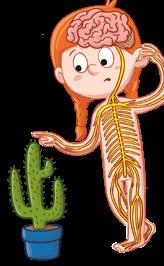
Our interaction function
Our reproduction function
The reproductive system carries out this function.

Senses
Nervous system

Locomotor system
Our health is important
For your body to work properly:
Eat properly
Keep your body clean
We have babies.
Be happy
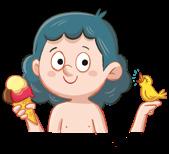
Sleep enough
Do exercise